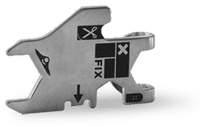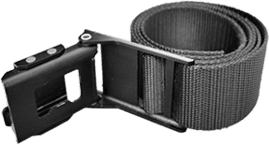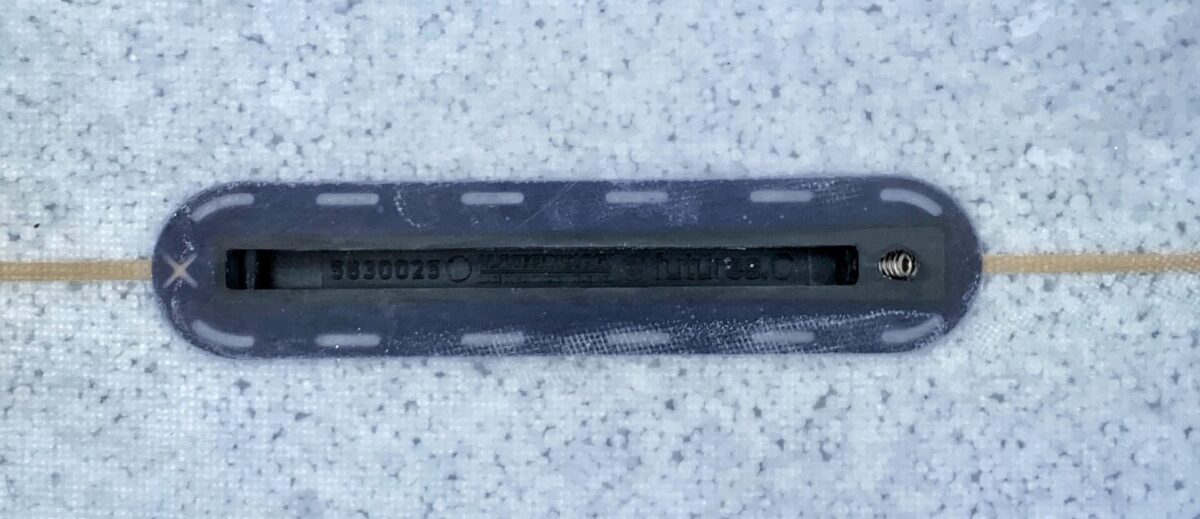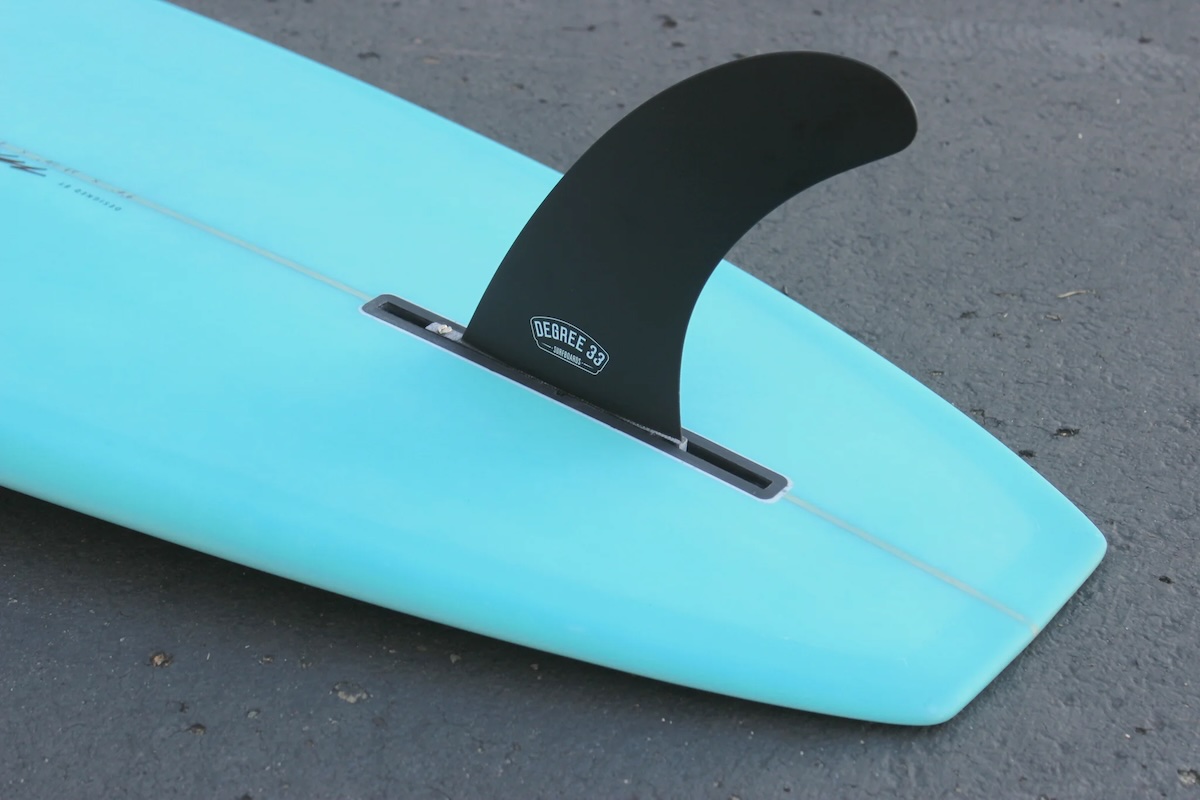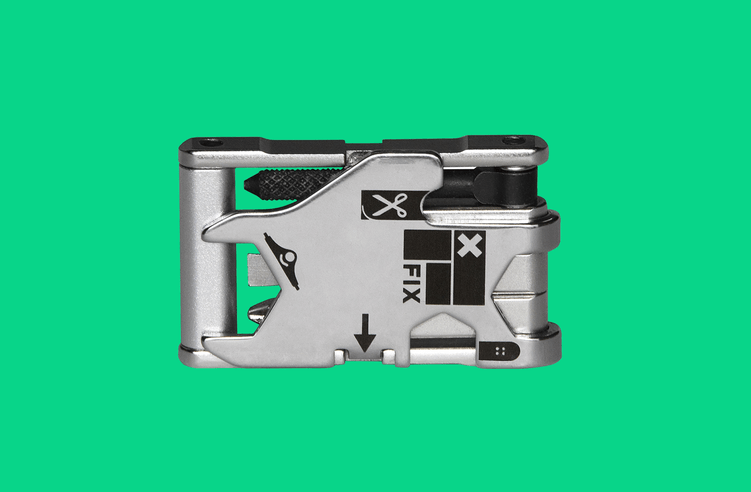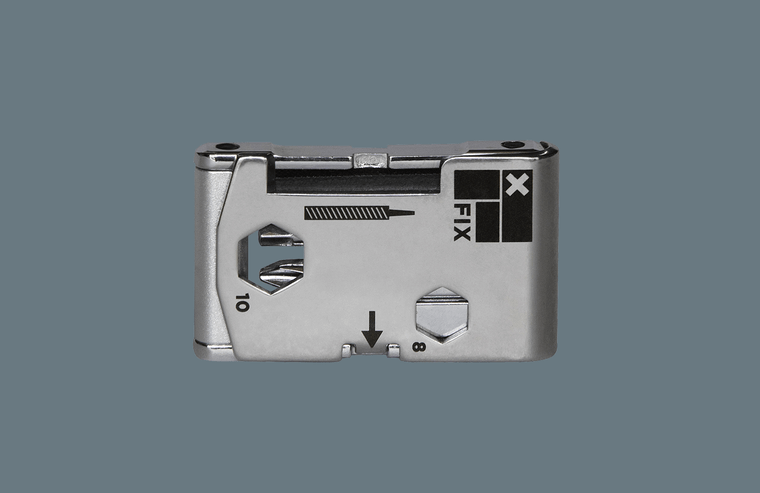 Nothing is worse than showing up to the beach, waxing your board, and struggling into your wetsuit, only to find a crack in your board over your fin box. While fin boxes might be the last thing you think about when it comes to caring for your surfboard, they play a pivotal role in the function of your board. Additionally, fixing a fin box alone can be a complicated and frustrating ding repair journey. Whether you’re a weekend warrior or in the water every morning, proper fin box care is essential to ensuring the longevity of your surf craft. Read below for Surfboard Fin Box Care 101: The Fix Manufacturer’s Guide to Fin Box Repair & Maintenance.
Nothing is worse than showing up to the beach, waxing your board, and struggling into your wetsuit, only to find a crack in your board over your fin box. While fin boxes might be the last thing you think about when it comes to caring for your surfboard, they play a pivotal role in the function of your board. Additionally, fixing a fin box alone can be a complicated and frustrating ding repair journey. Whether you’re a weekend warrior or in the water every morning, proper fin box care is essential to ensuring the longevity of your surf craft. Read below for Surfboard Fin Box Care 101: The Fix Manufacturer’s Guide to Fin Box Repair & Maintenance.
Types of Fin Boxes
Modern surfboards feature one of three types of fin boxes: Futures, FCS, or a US fin box, aka a longboard fin box. Each fin box type provides something different in terms of stability and function. Many short boarders swear by one or the other and wouldn’t dare switch camps.
Futures Fin Boxes
Futures fin boxes are single-tab fin boxes with a robust and broad base that uses a fin screw at the top of the box to secure the fin in place. Many surfers choose Futures because they feel the single tab and broad base is a more durable option than FCS, which features a two-tab system. Futures Fins are less likely to pop out but are challenging to repair if they break. Futures Fin boxes are built straight up and down with the fin angle built into the fin, allowing surfers to experiment with different fin setups, shapes, and angles.
FCS Fin Boxes
FCS Fins come in two variations: FCS I and FCS II. FCS I boxes use a dual tab system with one fin screw for each tab. FCS II boxes use a more robust two-tab system that has larger tabs and can snap into place with or without screws. The FCS II system has improved stability compared to FCS I boxes. FCS II fin boxes allow for an easy, screwless setup. FCS fin boxes have the fin angle built into the box, which limits the amount of customization a rider can have with their fin selection. Also, the screwless setup requires a fair bit of force to insert / remove fins. Special care is needed to avoid damaging the board.
 FCS I (above) and FCS II (below). Note: FCS II can be used with or without screws (with compatible fins).
FCS I (above) and FCS II (below). Note: FCS II can be used with or without screws (with compatible fins).
US fin box / Longboard Fin Box
Often found on longboards, mid-lengths, and retro boards, single-fin boxes are larger and can accommodate various fin sizes and shapes. They offer a classic feel and are adjustable, allowing surfers to move the fin forward or backward to change the board’s feel. These boxes are generally robust but require regular checks to ensure the fin screw and plate are secure.
Fin Box Care 101
Proper fin box maintenance starts with a few basic habits:
Regular Inspections: Before and after each surf session, check your fin boxes for cracks, loose screws, or any signs of wear and tear. Early detection can prevent more serious damage.
Rinse After Use: Saltwater can be corrosive over time. After every use, rinse your board, including the fin boxes, with fresh water to remove salt deposits and sand.
Replace Corroded Screws: If your fin screws are stripped, warped, or corroded, replace them with new screws. A standard fin key may not be able to catch a corroded or warped screw. Use an EZ out or oversized hex wrench (2.5mm). Clean out the threads using a re-threader. Shop for stainless steel 10-24 set screws that match the length of your old set screws and install the screws slowly, ensuring you don’t cross thread.
 Use an EZ out to remove worn screws
Use an EZ out to remove worn screws
Secure Your Fins: Make sure your fins are properly secured before paddling out. Loose fins can cause stress on the fin boxes, leading to potential damage.
Proper Storage: Store your surfboard in a cool, dry place, and avoid placing it fin-side down. This helps prevent unnecessary pressure on the fin boxes.
Fin Box Repair
- Assess the damage: Determine if the damage is superficial (like a small crack) or more severe.
- Gather materials: For a basic repair, you will need sandpaper, resin, fiberglass cloth, a utility knife, masking tape, and a fin box repair kit.
- Prepare the area: Sand around the damaged area to create a rough surface for the resin to adhere to. Clean the area thoroughly to remove any debris.
- Apply resin and fiberglass: Mix the resin according to the instructions. Apply a layer of resin, place the fiberglass cloth over the damaged area, and apply another layer of resin. Smooth it out and let it cure. Make sure you’re using the correct resin for your board (Epoxy vs. PU).
- Sand and finish: Once the resin has fully cured, sand it down to match the contours of your board. Be careful not to sand too much and compromise the structural integrity.
- Reinstall the fin: After the repair is complete and fully cured, reinstall the fin and check for proper fit and alignment.
Fin box care is a crucial yet often overlooked aspect of surfboard maintenance. The Fix Manufacturing Kraken Surf Tool is the ultimate surf companion. With a fin key, EZ out, re-threader, wax comb, screwdriver, and more, you have everything you need to maintain your fin boxes and beyond.

